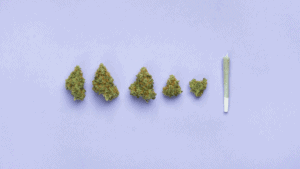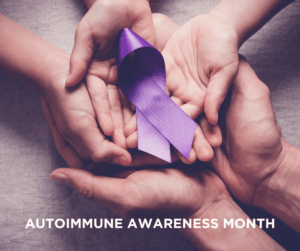
CBD in Sports: Exploring the Potential Benefits for Athletes
In recent years, there has been a growing interest among athletes in the use of cannabidiol (CBD) for sports recovery. CBD, a natural compound derived from the cannabis plant, has

In recent years, there has been a growing interest among athletes in the use of cannabidiol (CBD) for sports recovery. CBD, a natural compound derived from the cannabis plant, has

In recent years, functional mushrooms have grown rapidly in popularity. As of 2020, the global market for mushroom based products reached an estimated value of $25 billion, spotlighting their significant

A 2021 systematic review of nine published studies on cannabinoids and autism found that cannabis may have promising effects in the treatment of symptoms related to autism spectrum disorder (ASD),

Many cannabis enthusiasts are familiar with the sudden urge to snack known as “the munchies,” especially after indulging in high THC strains. However, not all strains lead to this insatiable

Cannabis, specifically its cannabinoids delta-9-tetrahydrocannabinol (THC) and cannabidiol (CBD), has been a subject of interest in the medical community for its potential to manage behavioral symptoms associated with dementia. Currently,

Women’s Healing and the Benefits of Cannabis Throughout history, the portrayal of the cannabis community has been heavily biased towards men, from the earliest times to the current push

Autoimmune rheumatic diseases are complex. Living with an autoimmune rheumatic disease involves more than physical symptoms, impacting one’s quality of life, mental health, and daily activities. The most well

According to the Multiple Sclerosis (MS) Journal, nearly 1 million Americans are affected by MS, a number that continues to grow daily, with the majority of those affected being women.

Autoimmune diseases present a significant challenge to public health, affecting millions worldwide. In the United States alone, it’s estimated that autoimmune diseases impact approximately 10 million people, accounting for about

Research shows that more than 40% of cancer diagnoses and nearly half of cancer-related deaths can be attributed to preventable causes. The American Association for Cancer Prevention states that it
Open the following in new tabs if you:
If you are already a user: Client Login
If you are not, then register: Client Registration
Once Logged in, click below to refresh the page.